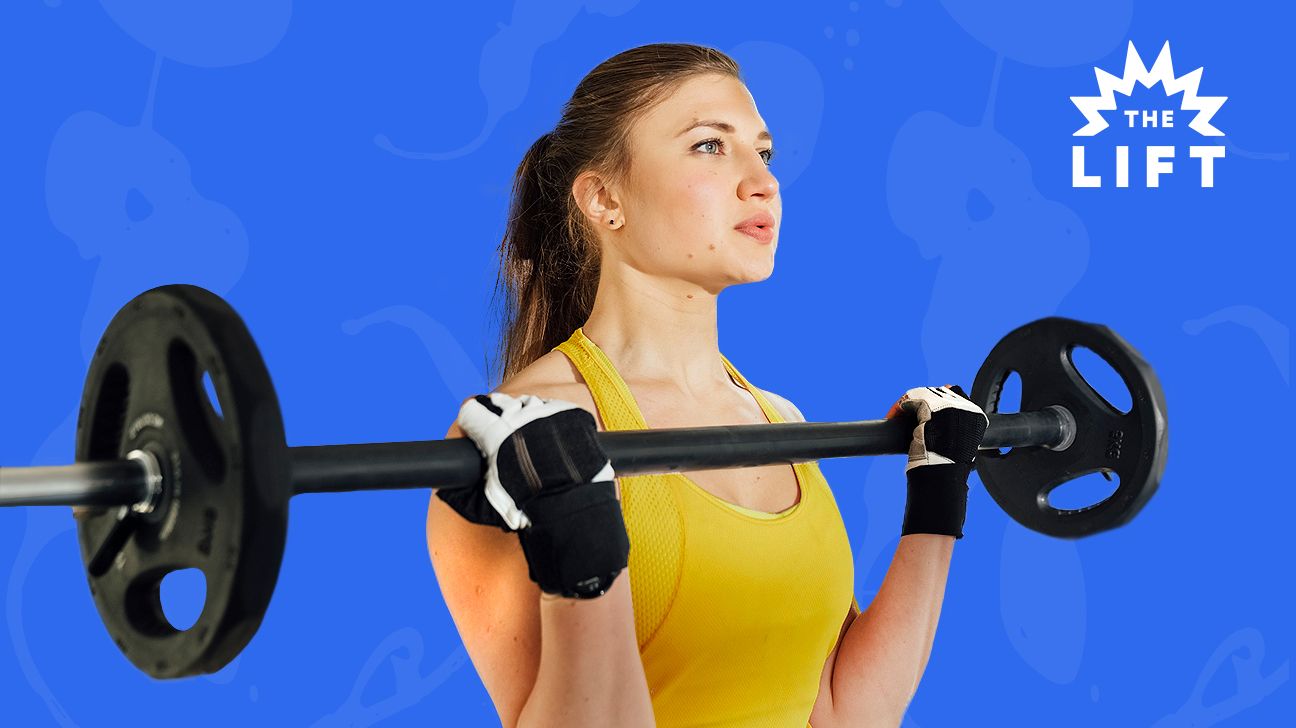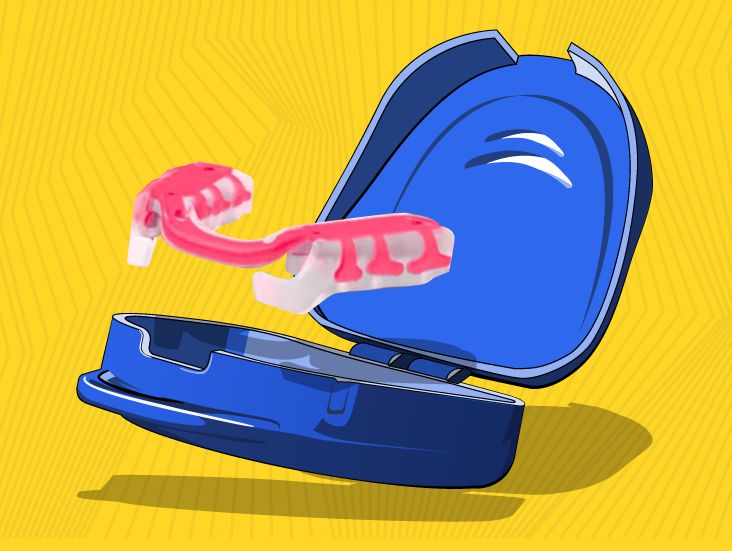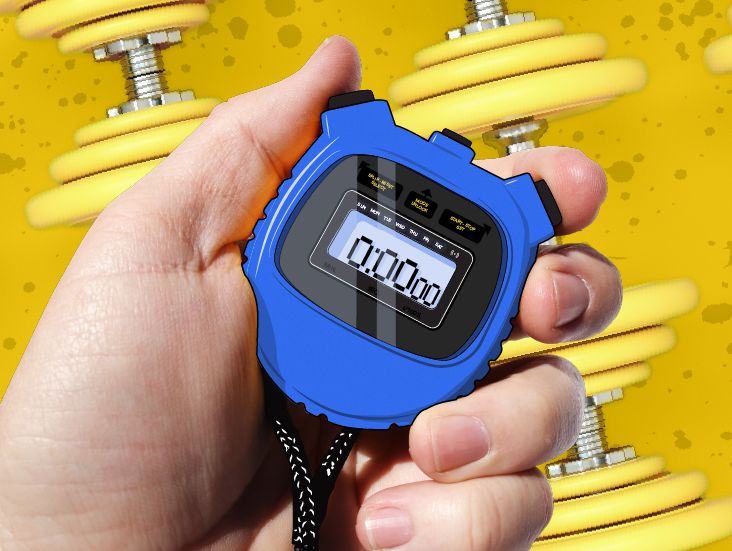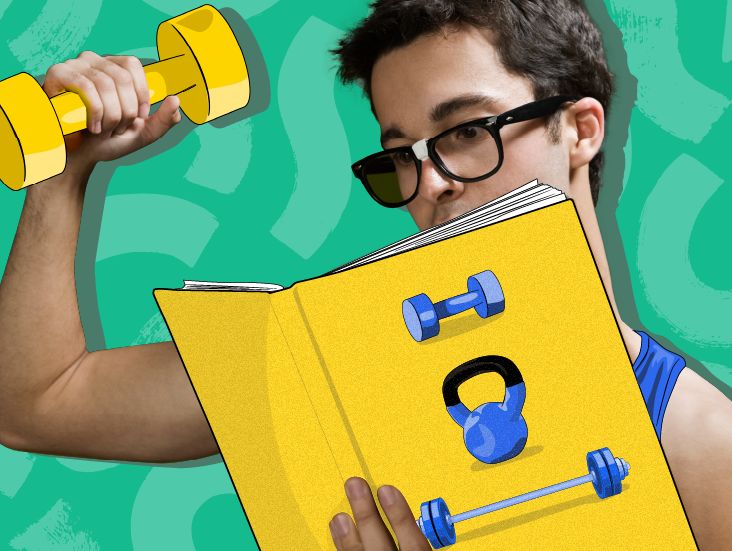Eat big to lift big.
This weight-room catch phrase makes it seem like there’s one right way for lifters to nosh. But according to sports nutritionists, nothing could be further from the truth.
Here’s the definitive guide on what lifters should ladle into their bellies.
It’s your personal fitness goals along with your lifting — as well as your sex, age, fitness level, fitness age, and health status — that impact what you eat.
“There is not a universal eating regimen for all people who lift weights,” says board certified specialist in sports dietetics Amy Goodson, MS, RD, CSSD, LD. “A 5-foot-7 woman who weighs 155 pounds (lbs) who wants to gain muscle has to eat differently than a 6-foot-4 man who weighs 300 lbs who wants to lean out.”
When you put it like that…
“Whether or not someone is doing other forms of exercise in addition to lifting, how many times a week they are lifting, how many times a day they are lifting, and how much they’re lifting impact nutrition needs, too,” she adds.
In short: The fact that you lift weights or want to lift more weight is not enough information on its own to put together a sound eating plan.
To figure out what you fitness goals are, ask yourself:
- Do I want to get bigger?
- Do I want to get stronger?
- Do I want to get bigger AND stronger?
- What, if anything, am I currently training for?
- What numbers do I want to put up?
No matter what type of eating plan you settle on (animal-based, paleo, Mediterranean, vegan, etc.) it is super important that you consume enough calories.
“Calories are what fuel your body, so if you don’t eat enough of them in and out of the gym, you’re going to feel fatigued,” says Goodson.
A good sweat sesh short-changed by fatigue? Pass.
Goodson adds that subpar calorie consumption can do a number on your overall fitness goals, no matter what they are. “Whether you want to get bigger, get stronger, or both, inadequate calorie consumption will interfere,” she says. “Depending on how low your calorie intake is, you could even lose muscle mass and strength. And if you’re really under-eating, you might even end up in a place where you have a nutrient deficiency.”
Yikes.
So… how do you figure out how many calories you need?
TBH, the best way is to work with a sports nutritionist who can plug your current weight, age, sex, gender, health, training schedule, and goals into a formula to calculate a number of calories that might be good for you.
If that’s not accessible to you, an app like MyFitnessPal will offer something similar (for free!).
There are three main macronutrients that make up food: fat, carbs, and protein. All three play a supporting role in helping you reach your fitness goals, but protein is arguably the most important for #Gainz.
Goodson explains: When you lift weights, little baby (microscopic!!) tears are shorn into your muscles. How does your body repair these little tears? With the aid of amino acids — what Goodson calls the building blocks of protein.
“Regularly consuming protein throughout the day helps ensure that your muscles are repairing, and repairing as efficiently as possible,” she says.
Once your muscles repair, they are stronger than they were prior to the lifting sesh that led to the little tears.
Exactly how much protein a lifter needs is determined by their body weight, as well as type and frequency of lifting. “For strength athletes, that’s about 1.7 to 2 grams (g) of protein per kilogram (kg) of protein,” says Goodson. (To find your body weight in kg, divide your weight in lbs by 2.2).
“That shakes out to about 1 g of protein per lb of body weight,” she says.
Not all protein is created equal
The protein you get from animal sources ≠ the protein you get from plant sources.
“Animal-based proteins are complete proteins, meaning they contain all nine of the essential amino acids,” says Goodson. Plant-based proteins do not have all nine.
(There are a few exceptions to this rule, including quinoa, soy, and buckwheat).
Now, a plant-based eater can hodgepodge together a variety of plant-based protein sources to make sure that they are consuming all nine of the essential amino acids. But as Goodson says, “You have to be really intentional. Lazy vegan or vegetarian lifts aren’t going to be successful.”
When you lift weights the body uses glycogen — which it gets from breaking down carbohydrates — for energy.
Anywhere from 30 to 65 percent of a lifter’s calories should come from carbohydrates. Again, this percentage depends on your goals, training schedule, sex, age, hormones, and health status, etc.
“If your body doesn’t have enough carbohydrate stores to break down for energy while you lift, it will resort to using your lean muscle mass,” says Goodson.
If you’re familiar with the high fat ketogenic diet, you might be wondering: Wait, can’t the body use fat for energy??
In theory, yes. But “the body can only use about 5 percent of a fat molecule for energy, but can use about 50 percent of a protein molecule for energy,” Goodson explains. So, it’s actually more likely that your body will break down lean muscle for fuel than flub.
This is why keto and other higher fat diets typically aren’t good for lifters.
Another downside of high fat diets for lifters is that fat is really damn filling. “For lifters who need to eat a lot of food to meet their daily calorie and protein needs, this can result in them feeling like they’re stuffing themselves.”
It’s not just about eating a lot to lift big. Calorie levels, protein intake, and carbohydrate storage are all important things to measure throughout your gains journey.
As you’re setting your own goals, involve the help of a fitness or health pro in mapping out the right kind of meal prep. The best eating won’t only give you fuel for the lift sesh, but good returns over the long haul.
Gabrielle Kassel (she/her) is a queer sex educator and wellness journalist who is committed to helping people feel the best they can in their bodies. In addition to Healthline, her work has appeared in publications such as Shape, Cosmopolitan, Well+Good, Health, Self, Women’s Health, Greatist, and more! In her free time, Gabrielle can be found coaching CrossFit, reviewing pleasure products, hiking with her border collie, or recording episodes of the podcast she co-hosts called Bad In Bed. Follow her on Instagram @Gabriellekassel.






